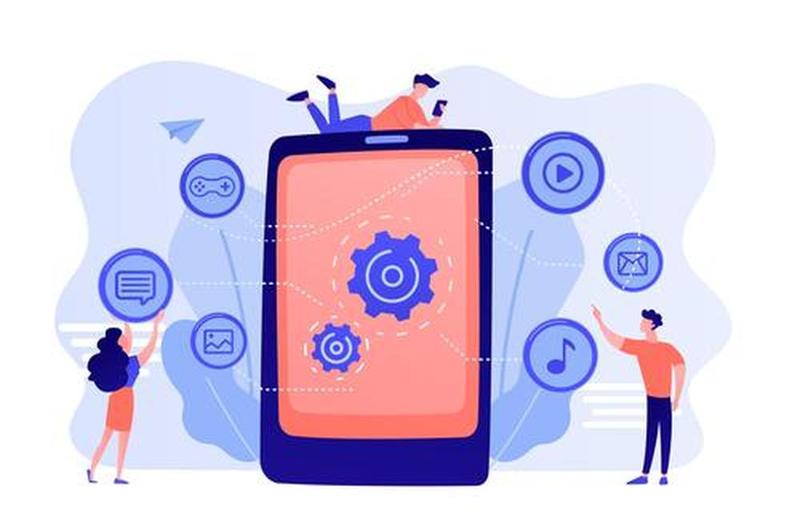Python and R are two of the most popular programming languages used for data analysis,
statistical computing, and machine learning. Both languages have their strengths and
weaknesses, and choosing between them can be a challenging task. However, understanding the
differences and similarities between these languages is essential to decide which one is best
suited for your needs. In this article, we will explore Python and R in detail, their features,
benefits, and use cases, to help you make an informed decision.
Python
Python is a general-purpose, high-level programming language used for web development,
scientific computing, data analysis, and machine learning. It is designed to be simple, easy to
learn, and highly readable. Python has a vast and active community of developers, making it an
excellent choice for beginners and experts alike. Its most significant advantage is its versatility,
as it can be used for a wide range of applications, from web development to data analysis.
Python has a vast ecosystem of libraries and frameworks, making it an excellent choice for data
analysis and machine learning. Libraries such as NumPy, Pandas, and Matplotlib provide
powerful data analysis and visualization capabilities, while Scikit-learn and TensorFlow offer a
comprehensive machine learning framework. Python's simplicity and ease of use make it an
excellent language for prototyping and experimenting with machine learning models.
R
R is a programming language and software environment for statistical computing and graphics. It
is designed for data analysis and machine learning applications, and it has a rich and
comprehensive set of packages and libraries for statistical analysis, data visualization, and
machine learning. R is widely used in academic and research institutions, making it an excellent
choice for data scientists and researchers.
R's most significant strength lies in its statistical computing and data analysis capabilities. The
language's syntax is designed to work with data, making it easy to manipulate and analyze large
datasets. R has a wide range of statistical packages such as ggplot2, dplyr, and tidyr, which offer
comprehensive data visualization and manipulation capabilities. R also has a vast library of
machine learning packages, such as caret, mlr, and randomForest, which offer a range of
machine learning algorithms.
Python and R are both excellent languages for data analysis and machine learning. The choice
between them ultimately depends on your specific use case and requirements. Here are some of
the key differences between Python and R.
Syntax: Python has a more straightforward syntax compared to R, making it easier to learn and
use for beginners.
Community: Python has a larger and more active community compared to R, making it easier to
find resources and support.
Libraries: Both languages have extensive libraries and frameworks for data analysis and machine
learning, with Python having a more comprehensive ecosystem.
Speed: Python is generally faster than R, making it a better choice for applications that require
high performance.
Statistical Computing: R has more extensive capabilities for statistical computing and analysis,
making it a better choice for statistical applications.
Python and R are both excellent languages for data analysis and machine learning,
with their strengths and weaknesses. Python's versatility and ease of use make it an excellent
choice for general-purpose applications and machine learning prototypes, while R's extensive
statistical computing capabilities make it the preferred language for statistical applications.
Ultimately, the choice between Python and R depends on your specific requirements and use
case. By understanding the differences and similarities between these languages, you can make
an informed decision and choose the best language for your needs.






